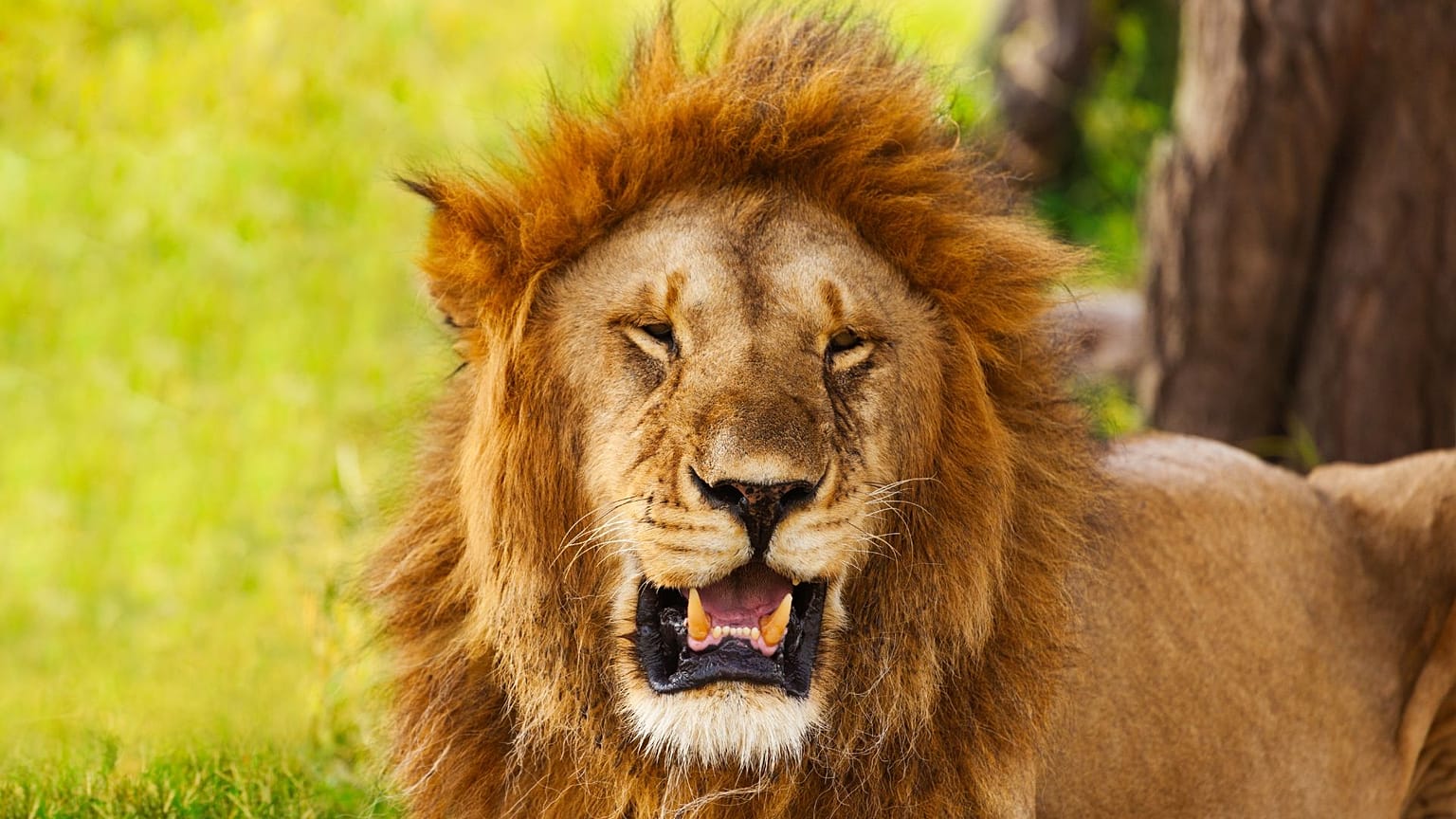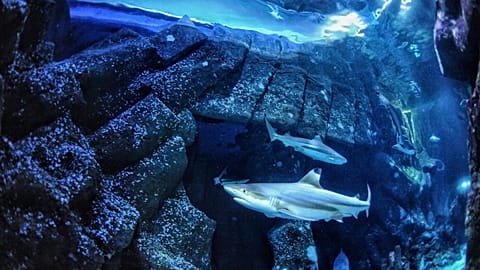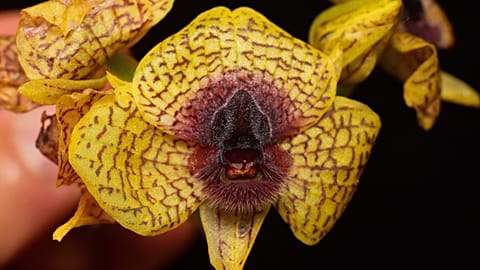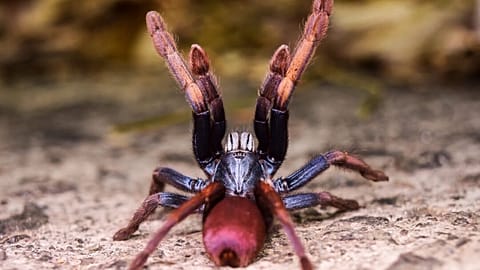Conservation groups have called the 19-year-old lion ‘a symbol of resilience and coexistence’.
One of the world’s oldest wild lions has been killed after preying on livestock in Kenya.
The 19-year-old lion, named Loonkiito, wandered into the village of Olkelunyiet last week in search of food. The village borders Amboseli National Park.
Conservation group Lion Guardians, who had been tracking Loonkiito, said he was “the oldest male lion in our ecosystem and possibly in Africa”.
The organisation works to help humans and lions coexist with the help of Maasai leaders.
“The end of a drought is habitually marked by an uptick in human-lion conflict as wild prey recover and become more difficult to hunt,” it noted in a social media post following the lion’s death. “In desperation, lions often turn to take livestock.”
Emphasising the “tough situation” for both sides, the group explained “Since livestock owners lost so many of their animals to the drought, they are particularly vigilant in watching over their remaining animals.”
Although Lion Guardians did not specify how Loonkiito died, it suggested he was caught in conflict with livestock owners after he jumped into a pen in the middle of the night.
Some media reports, including one from the BBC, suggest that the lion was speared by herders.
How long do lions usually survive in the wild?
Lions once roamed throughout Africa and in parts of Asia and Europe. They are now only found in parts of sub-Saharan and West Africa, along with India’s Gir National Park, according to the World Wildlife Fund (WWF).
The IUCN estimates that between 23,000 to 39,000 lions remain in the wild. Faced with threats including hunting, poaching and habitat loss, their population is in decline.
In the wild, these animals typically live between 10 and 14 years but only one in eight are estimated to make it into adulthood, according to Discovery UK. Males tend to die earlier in fights with other lions.
In captivity, lions live to around 20 years on average. The oldest recorded in captivity lived to be between 26 and 29 years old and died in India in 2018.
‘A symbol of resilience and coexistence’
With these numbers in mind, Loonkiito enjoyed a long life until his unfortunate death.
“He was a symbol of resilience and coexistence,” Lion Guardians said. “A decade ago, we did not have lions surviving past age 10 in this landscape.”
The group also shines a light on the efforts of the communities who “bear the burden of sharing land with lions”.
“Thanks to them, we now witness lions living into and beyond their ‘golden’ years.”
Loonkiito’s legacy lives on in his many offspring, the group added.
Loonkiito’s death was not an isolated incident
A total of six lions were killed near the 40,000-hectare Amboseli National Park last week after attacking goats and a dog, according to Kenya Wildlife Service (KWS).
This prompted the government ministry to hold a meeting with the local community to address human-wildlife conflicts.
Proposed solutions to minimise conflicts include introducing early warning systems to alert people to the presence of wildlife in their vicinity. They emphasised the need to balance the needs of local communities with the need to protect wildlife.
As well as lions, Amboseli is home to leopards, cheetahs, elephants, giraffes, zebras and more.


















